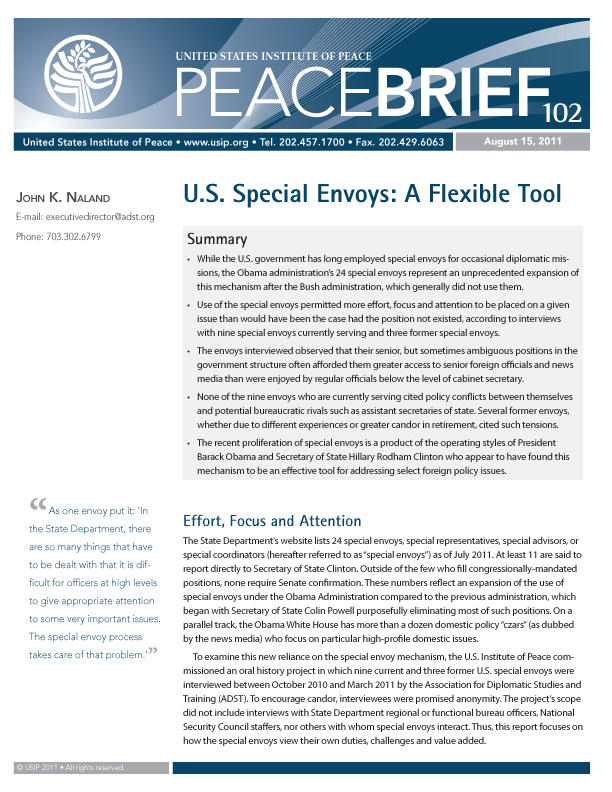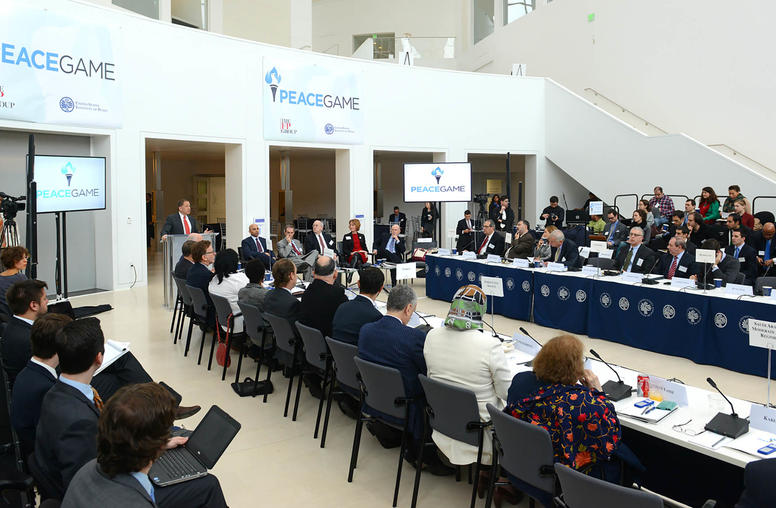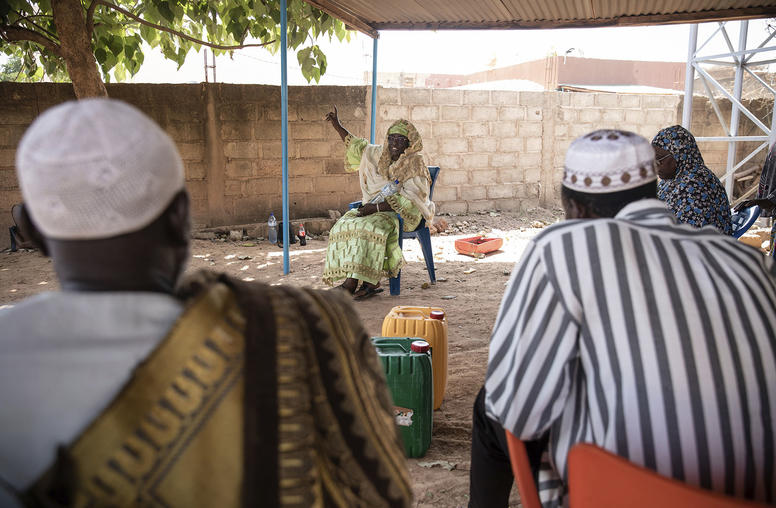U.S. Special Envoys: A Flexible Tool
This report is based on interviews with nine current and three former U.S. special envoys, conducted between October 2010 and March 2011. It’s part of a U.S. Institute of Peace special oral history project supported by the Association for Diplomatic Studies and Training (ADST).

Summary
- While the U.S. government has long employed special envoys for occasional diplomatic missions, the Obama administration’s 24 special envoys represent an unprecedented expansion of this mechanism after the Bush administration, which generally did not use them.
- Use of the special envoys permitted more effort, focus and attention to be placed on a given issue than would have been the case had the position not existed, according to interviews with nine special envoys currently serving and three former special envoys.
- The envoys interviewed observed that their senior, but sometimes ambiguous positions in the government structure often afforded them greater access to senior foreign officials and news media than were enjoyed by regular officials below the level of cabinet secretary.
- None of the nine envoys who are currently serving cited policy conflicts between themselves and potential bureaucratic rivals such as assistant secretaries of state. Several former envoys, whether due to different experiences or greater candor in retirement, cited such tensions.
- The recent proliferation of special envoys is a product of the operating styles of President Barack Obama and Secretary of State Hillary Rodham Clinton who appear to have found this mechanism to be an effective tool for addressing select foreign policy issues.
About This Brief
This report is based on interviews with nine current and three former U.S. special envoys, conducted between October 2010 and March 2011. It’s part of a U.S. Institute of Peace special oral history project supported by the Association for Diplomatic Studies and Training (ADST). The report author, John K. Naland, is the executive director of ASDT and served in a variety of foreign and domestic positions during 25 years as a foreign service officer with the State Department.
The views expressed in this report are those of the author, and do not necessarily reflect those of the U.S. Department of State or the U.S. government. In addition, this report does not necessarily reflect the views of the U.S. Institute of Peace, which does not advocate specific policy positions.



